Boho guide to detoxify life
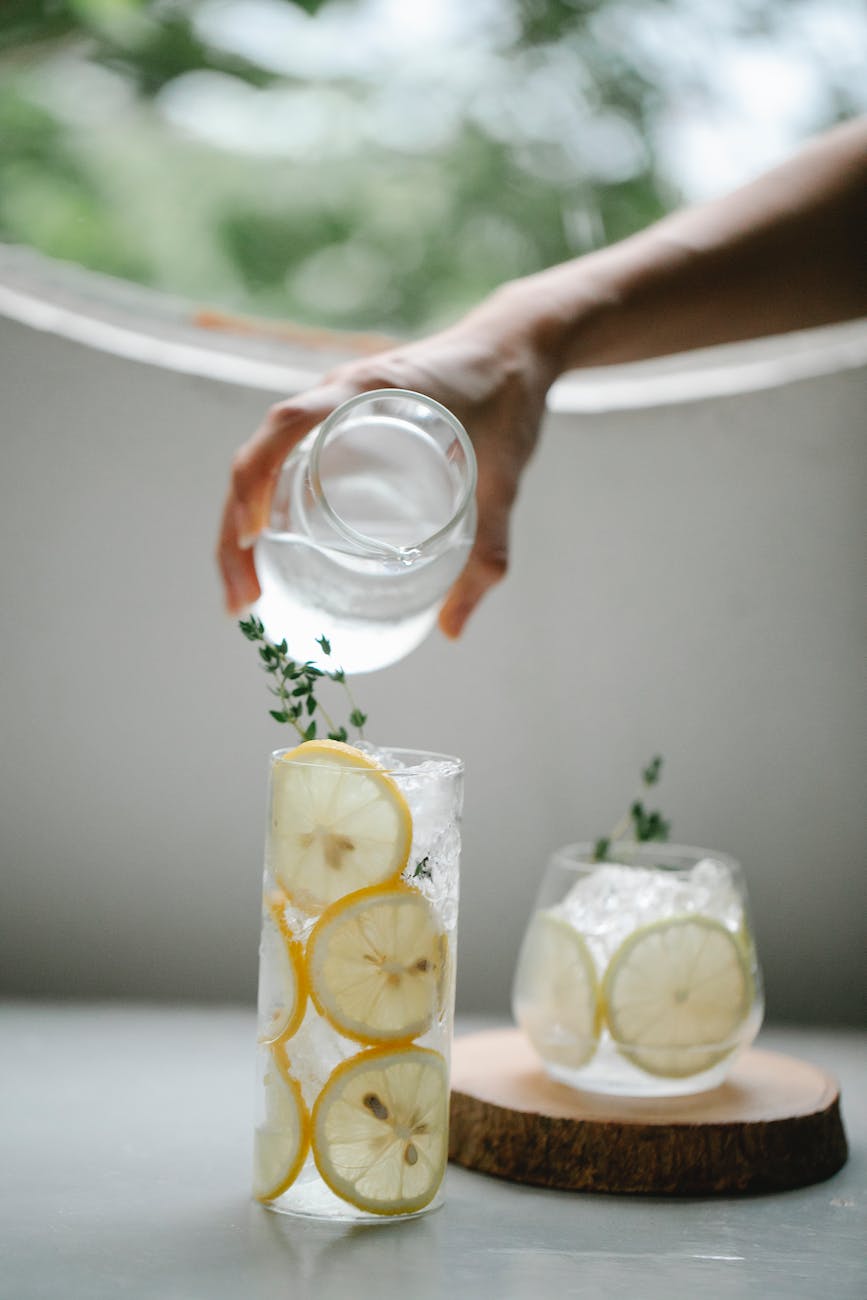
Diving into the world of everyday toxins & poisons that most of us are completely unaware of is scary to say the least. While we strive to be productive & healthy throughout our day there is always some kind of toxin or chemicals surrounding every aspect of our life.
Just about every time we think something is healthy, turns out it’s not! The confusion, lack of awareness, & accuracy of informative resource has become overwhelmingly difficult to keep up with. If you’re sick n tired of bein’ sick n tired lets change that together.
With so many choices to make on a daily basis, it’s no wonder why most of us choose easy, low priced or simple over quality goods. However, if we really think about all the things that impact our life we begin to see a pattern of that easy route becoming more difficult to navigate. The choices we make today will inevitably affect tomorrow.
Becoming a conscious consumer & detoxifying our lives whether it’s chemical free, cruelty free, or sustainably sourced has become a necessity we can no longer let live on the “forever back burner to do list”. Although change can be hard, with consistency, dedication and awareness change becomes second nature. Small changes we can make to improve our overall health, lifestyle and impact will completely transform our lives & you’ll thank yourself for it!
Being toxin-free can be easy and an essential part of your health. This “boho guide to detoxify life” was created to help myself and others shed some light & find quality of life through our daily habits, intake & resources. Before we begin, let’s go over some basic understanding.
What is detoxifying life?
Toxin-free life, also known as chemical-free living, is when you live in a way that reduces the number of toxins you consume. The average person is exposed to many chemicals & toxins daily. These include things like cleaning products, cosmetics, personal care items, packaging & even our clothing.
Toxins have been linked to cancer, asthma, heart disease, diabetes, obesity, and other health issues. Toxins also have a detrimental impact on the planet and animals.
Frequently asked ?’s
If it’s sold in stores does that mean it’s safe?
Nope! From personal care products that we use on our bodies, cleaning and home products that we are exposed to every single day do not have to be tested for safety by anyone and can simply skip right onto supermarket shelves. In fact, 75% of the chemicals in personal care products have never been tested for safety. Basically, we are the guinea pigs in a long term experiment for these corporations.
Until laws in the US change, it is up to us to do our research and determine what is safe and what could potentially expose us to harmful chemicals.
If a product claims to be “all natural” or “organic” does that mean it’s safe to use?
Not at all…. This is called greenwashing. Terms like natural, pure, hypoallergenic, botanical, and green are unregulated and sadly don’t mean anything. It is the company trying to give off an image of being environmentally responsible, while still including a long list of potentially harmful chemicals in their products. Unfortunately, it works like a charm since many well meaning consumers purchase these products thinking that they are buying products that are better for their families and for the environment.
How can I avoid being Greenwashed?
1. Avoid products labeled “caution,” “warning,” “danger” and “poison,” all of which indicate the item is hazardous to you and the environment.
2. Look for independent reputable third party verifications: Look for labels from groups such as Forest Stewardship Council and the U.S. Department of Agriculture certified organic labels
3. Choose fewer ingredients: Choose whole foods and produce over processed foods. Vinegar and water to clean over antibacterial products with a long list of dubious ingredients, maybe coconut oil over a store bought fruity smelling hand cream.
Is BPA Free Safe?
BPA is a very well known endocrine disrupting chemical linked to obesity, diabetes, problems with fertility & reproductive organs, susceptibility to various cancers and cognitive/behavioral deficits like ADHD. It is used to harden plastics and, (while it is rarely found in baby bottles, sippy cups and water bottles anymore) is still found in medical devices, compact discs, dental sealants, water bottles, the lining of canned foods and drinks, store receipts and many other products.
Most people today know to choose items labelled “BPA free” however, unfortunately this is not necessarily safer since the main chemical used today to replace BPA is BPS, which is also showing signs of being just as bad as BPA.
The best action we can take to overcome this would be to avoid plastics and opt for stainless steel, glass, paper, bamboo, wood or silicon, especially with products related to food intake.
Unregulated words & terms to be aware of:
“Non-toxic”
The intent of the term non-toxic is to indicate that the product is neither harmful to the environment or ourselves. However, believe it or not, the very word “non-toxic” isn’t regulated and any brand can slap that label on their product regardless of the true toxicity level. Eww those sneaky marketing tactics at their finest!
“Biodegradable”
This term implies that the material or substance will break down as soon as it enters the environment (wastewater treatment plan, stream, landfill, etc.), however, again, this term is not regulated either.
“Organic”
The term “organic” indicates that the food or product is made from plant sources that are devoid of pesticides, GMOs, or synthetic fertilizers. But yep you guessed it – this too is unregulated. However, the term “Certified organic” is regulated so that’s the term to look for.
Natural Flavors
LOL! This oxymoron makes me laugh because it’s placed on packaging as a natural thing! Natural flavors makes us think it is “Naturally sourced” from nature like juice from a fresh squeezed lemon; however in reality it’s just another term for chemically processed. To earn the term “natural” the flavor only has to have one tiny drop of a natural flavor and the rest of the substance can be chemically processed. For example, the flavoring could be 1 percent real strawberry but 99% chemically made.
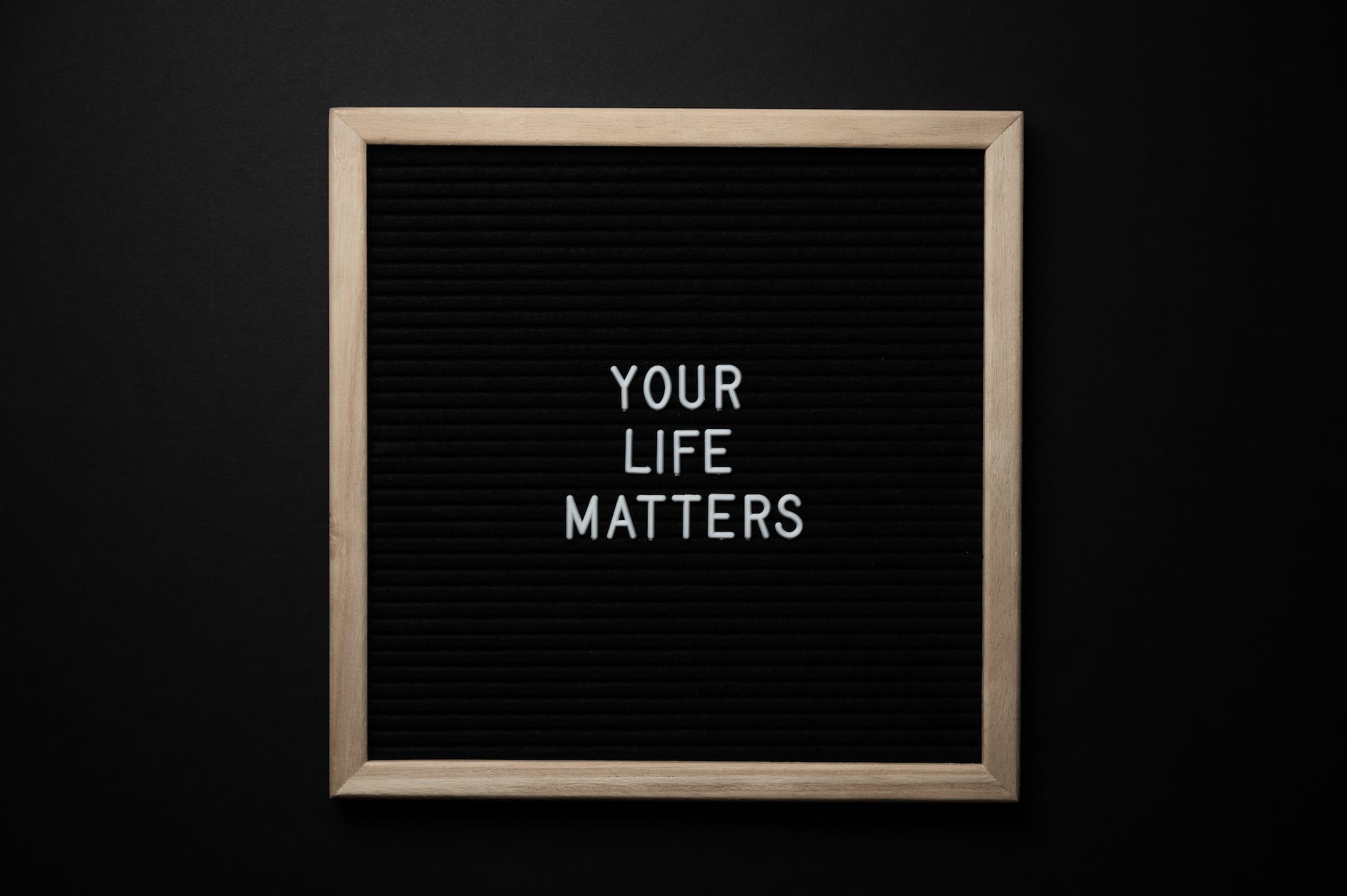
How to start detoxifying life
Becoming aware of our choices & intake is the first step toward clean living. There are many resources to help find products & brands that don’t pollute our lives & planet. Websites & apps such as EWG.org is a great place to start checking out products in your household.
Clean House
Clean out the dirt! Start tossing out products that are harmful & replacing with healthy alternatives. Consider switching your cleaning products, including all-purpose sprays, glass cleaners, furniture polish, dish soaps, floor cleaners and disinfectants. Replace them with non-toxic products or make a DIY cleaner with simple ingredients like vinegar or baking soda.
Don’t forget to check your laundry detergent, dryer sheets and fabric softeners. Many of these often contain chemicals that you are transferring onto your clothes, sheets and towels that are in constant contact with your skin. Switch to a natural laundry detergent and use wool dryer balls with a few drops of essential oils to replace the dryer sheets and softeners.
Non Toxic products to clean with
Non-toxic living is substantially less expensive is with cleaning supplies. Through the years, companies have convinced us that clean needs to “smell clean” and that we need to spend money on 20 different specialized cleaning products for different parts of our home. The reality is that most of our homes can effectively be cleaned with four basic ingredients: vinegar, water, soap and baking soda.
HOW TO SPEND LESS ON NON-TOXIC CLEANING PRODUCTS
- All-purpose cleaner: Mix 50% distilled white vinegar with 50% water (you can add organic natural essential oils if the smell of vinegar bothers you).
- Drain cleaner: No need to buy incredibly toxic drain cleaners. Instead, pour a pot of boiling hot water down your drain followed by 1/2 cup baking soda. Then, pour a cup of white vinegar into the drain and allow the mixture to sit for a couple of minutes. When the fizzing has stopped, flush down with 2 -3 cups of boiling water.
- Bathtub/shower cleaner: Spray the entire area with a 50/50 vinegar/water solution. Let it sit for 15 minutes. Then scrub with a soft bristle scrub brush. For tougher stains, make a hydrogen peroxide and baking soda paste, place over stain, and scrub with a soft bristle brush or microfiber cloth, finishing with a thorough water rinse.
Check labels & ingredients
Pay attention to ingredients & understand labels. Doing this can truly help guide you in making decisions all around. From clean ingredients to purchase for purpose, your choice today & the items you purchase have a huge impact on your life, our animals & our planet.
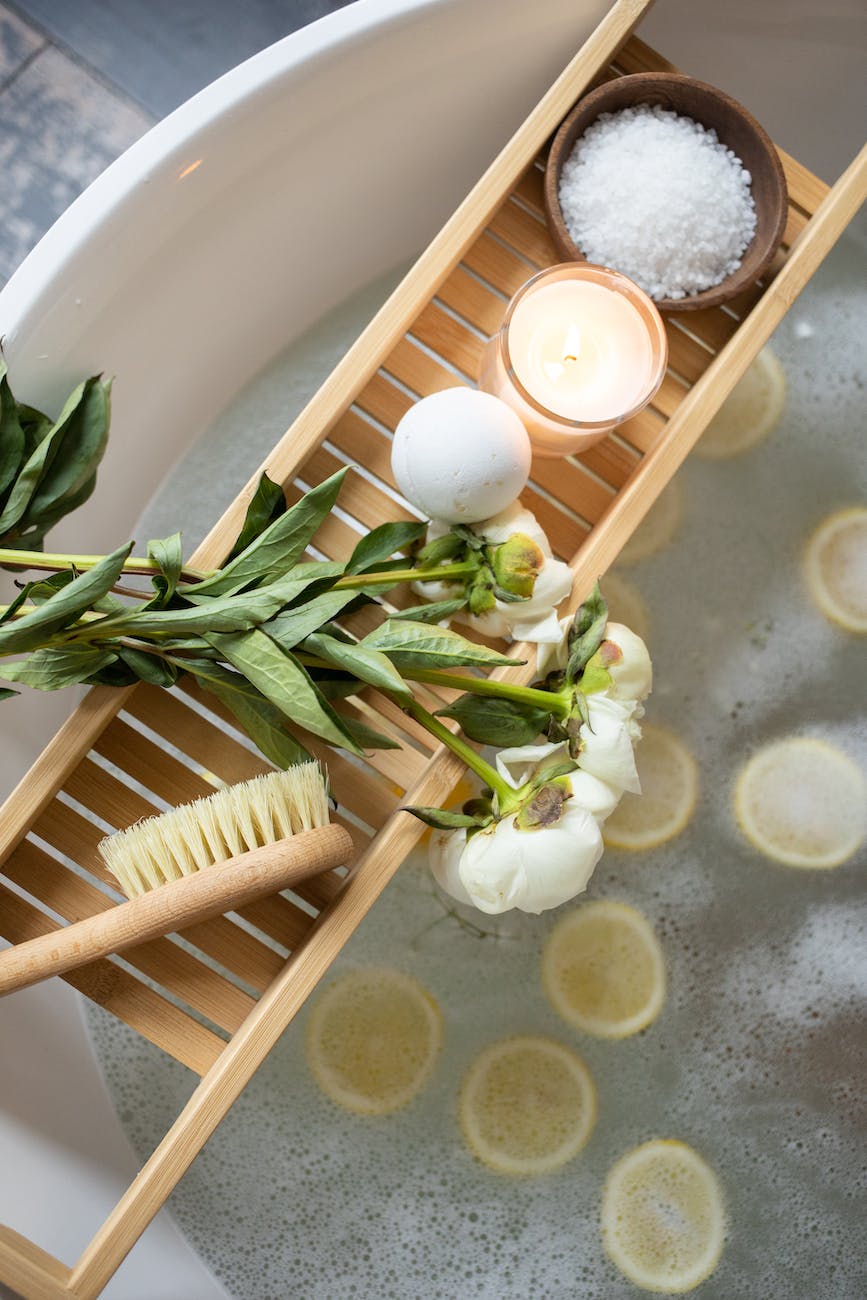
Non toxic personal care
One of the main areas of non-toxic living where you can save a substantial amount of money is in personal care and beauty products. The key to spending less on personal care products is to go shopping for daily use items in your kitchen instead of your local beauty or department store! Embrace DIY and use less products. These three switches will help you spend less, produce less waste, and reduce your exposure to harmful chemicals.
Spend less on personal care
- Natural moisturizer: Coconut oil, jojoba oil, almond oil and shea butter are nature’s most effective moisturizers.
- Multipurpose tonic: Organic apple cider vinegar can work as an all-natural hair conditioner and detangler (water it down with up to 50% water to reduce the strong smell), as a skin toner that helps reduce skin inflammation, and even as a mouthwash.
- Body scrub: Store-bought body scrubs are often pricey and filled with artificial fragrances or micro-plastics. Making your own body scrub is another incredibly easy and cost effective alternative: just mix 1 cup of organic granulated brown sugar, with ½ cup of olive oil. You can store in a sealed small mason jar.
- Bar soap: Bar soaps not only last longer than liquid soaps, they use less packaging, which means less waste. Plain castille bar soap is one of the most cost-effective, non-toxic personal care basics.

Save $ on organic foods
- Farmers’ markets: Visit your local farmers’ market an hour before closing. Prices are usually lowered significantly in the last hour of a farmer’s market, as farmers prefer to sell what they have for less than return home with unsold produce.
- Support a local CSA: CSA Stands for community supported agriculture. CSA allows city residents to have direct access to fresh, high-quality produce that’s locally grown. When you become a member of a CSA, you’re purchasing a “share” of vegetables from a regional farmer at a much lower price.
- Grow your own: Consider growing your own organic fruits and vegetables at home in your garden, on a balcony or even in a vertical garden indoors.
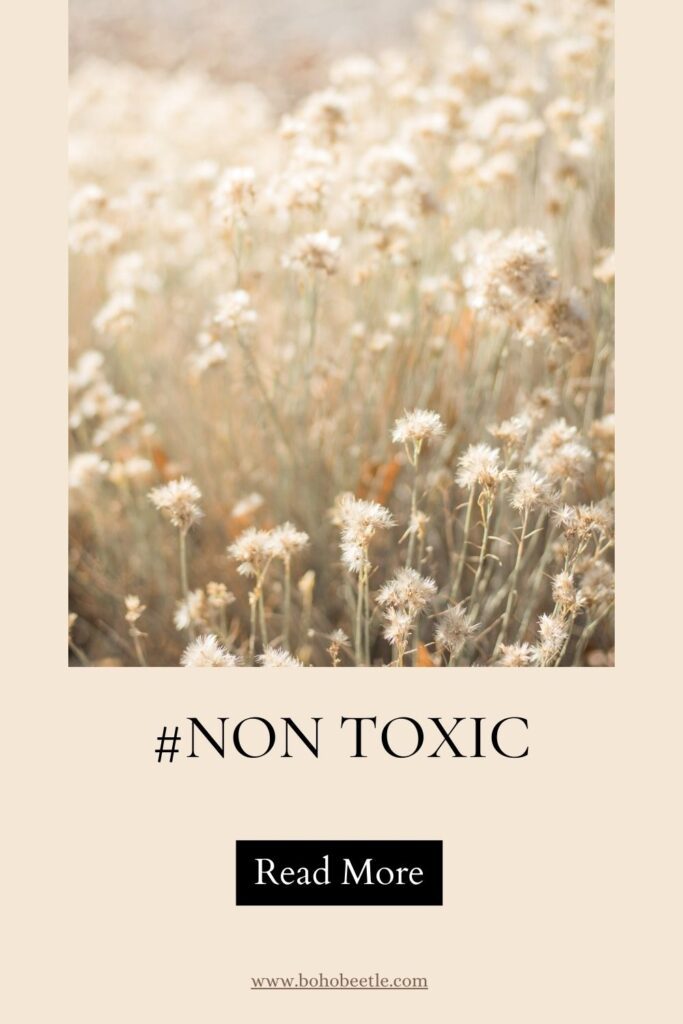
Websites for inspiration & guidance
A few of my fav’s:
Primally Pure– check them out for non-toxic seasonal skin care
common good– sustainable products that save $ & plastic
Healthfully rooted home-wholesome meals & healthy living
Boho Inspo
check out this post for more boho inspiration
About Me

check out our story here
Thank you for reading! Please give a share or leave a comment if you like..
cheers to your journey on sustained growth & good vibes !
-Tills

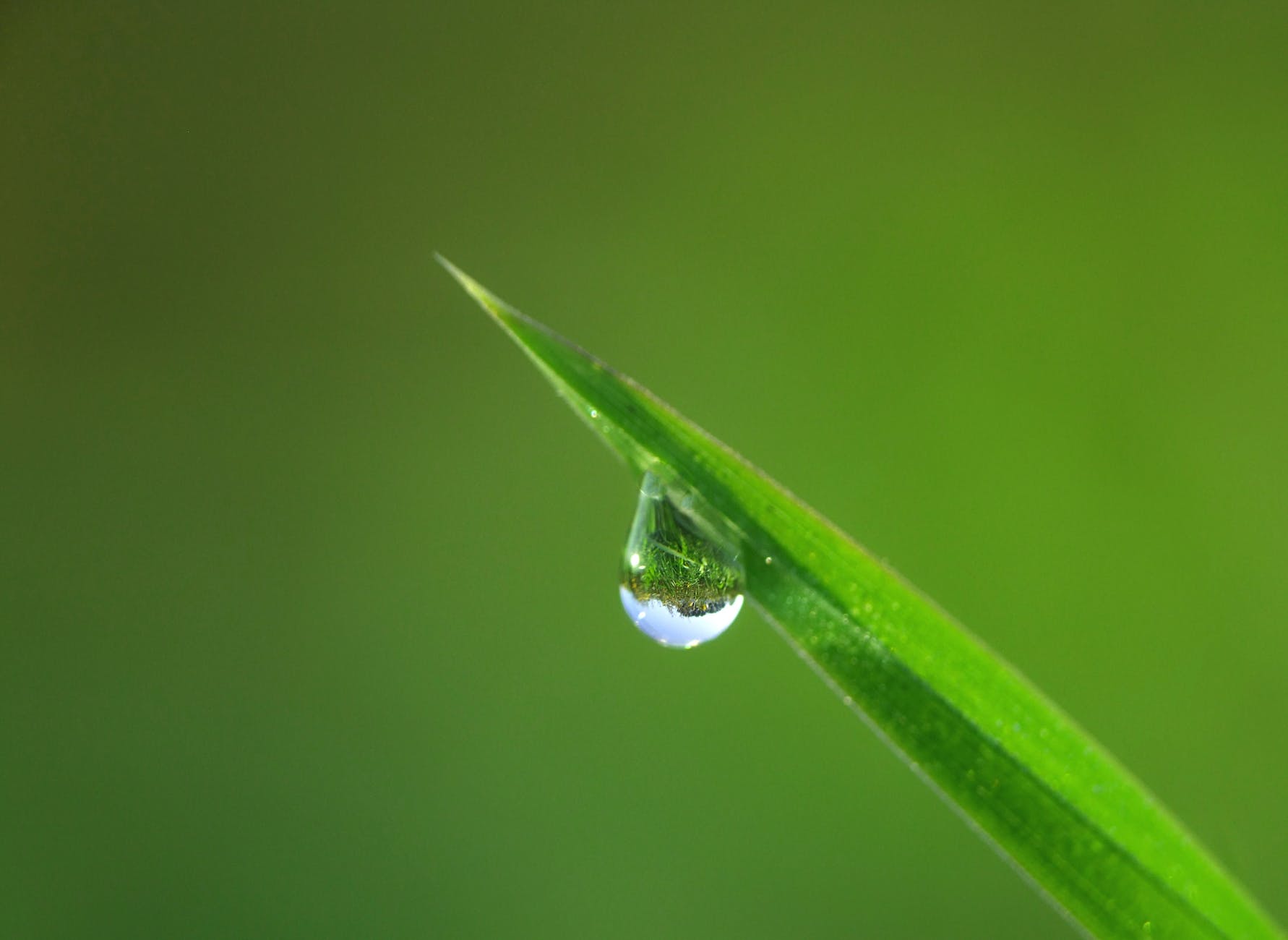



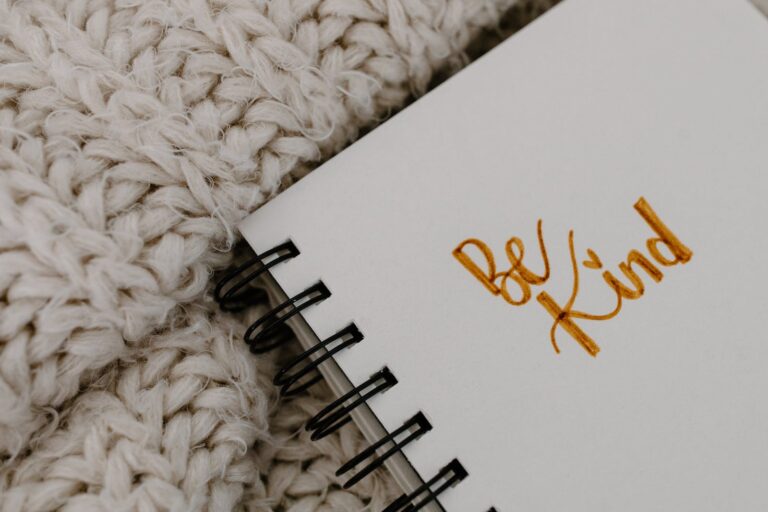


Leave a Reply